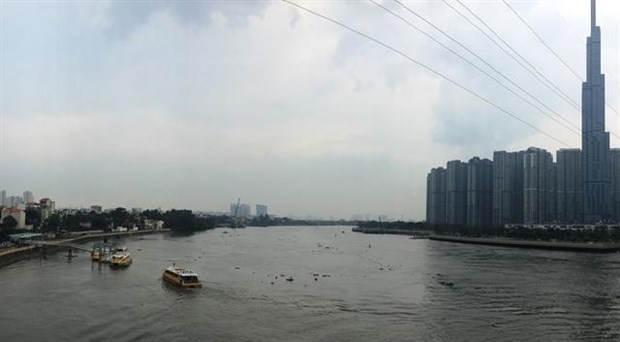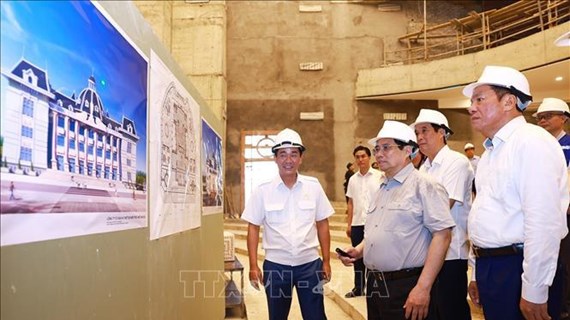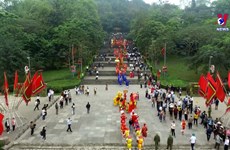HCM City seeks to develop urban river-canal network
 HCM City plans to develop the potential of the Sai Gon River and the city's river-canal network (Photo: VNA)
HCM City plans to develop the potential of the Sai Gon River and the city's river-canal network (Photo: VNA)
HCM City (VNS/VNA) - Secretary of the Ho Chi Minh City Party Committee Nguyen Thien Nhan said at a conference held on September 11 that the city expects to outline a plan to build embankments and improve management of land along rivers and canals by the year-end.
The conference was organised by the municipal People’s Committee to
discuss long-term solutions to develop the Sai Gon River and urban river-canal network
to 2025.
Nhan said the city should have a strategy on embankment and waterway
development to 2030. “The system of rivers and canals is a natural resource that plays an
important role in the city’s formation and development process,” he said.
He said the city should learn lessons
from other countries to avoid mistakes when building embankments.
The role of land and embankments
along the rivers and canals should be clearly defined, including the function
it plays in the transport system, drainage system, community activities,
and riverside business projects.
“It’s necessary to research and deploy
modern technologies when building embankments for multiple
purposes,” he said.
Models of cooperation between authorities,
residents and enterprises should be developed as well, he said.
The city also needs local and foreign
experts who can develop strategies to control flooding and
improve water drainage, he added.
The option of building a
flood-control dyke in Can Gio district will be
considered, according to Nhan.
To deal with managing and
administrative conflicts, the city should review discrepancies
between planning, construction and transport policies, he said.
Nguyen Thanh Nha, Director of the municipal Department of Planning and Architecture Department, said the system of rivers and canals
in the city feature natural landscapes that contribute to socio-economic
development.
“However, exploiting the landscape of the
rivers and canals has not been given adequate attention,” he added.
Climate change and rapid urbanisation are
also affecting waterways. Landslides, land subsidence, illegal construction
near waterways, and environmental pollution are hindering development, he said.
The city has more than 100 rivers and
canals, with water surface accounting for about 16 percent of the city's
total area.
Embankments built in the city account for
15 percent of the total rivers and canals.
“Mobilising intellectual and socio-economic
resources is very important so that scientific and comprehensive solutions
can be developed to cope with risks and challenges, and promote the
potential of these areas,” Nha said.
Do Thanh Tung, head of the National Institute of
Architecture, said the city should begin studies on building
landscapes on the water surface of rivers and canals.
“Planning on rivers and canals
should focus on serving all citizens’ demands and ensuring their basic
function of water drainage,” he added.
Associate Professor Sybil Derrible, from
the University of Illinois in Chicago in the US, said the role of
canals in many cities around the world has changed significantly and
has helped solve problems that cities face.
Canals can be used for multiple
functions, from transporting people and goods and providing drinking water
to handling storm water runoff.
“With proper planning, canals
can revitalise entire neighborhoods and can significantly
help address contemporary issues,” he said.
Canals present both social and
engineering assets, and offer opportunities that should be leveraged to help
build smarter, more sustainable and more resilient cities, he said./.













